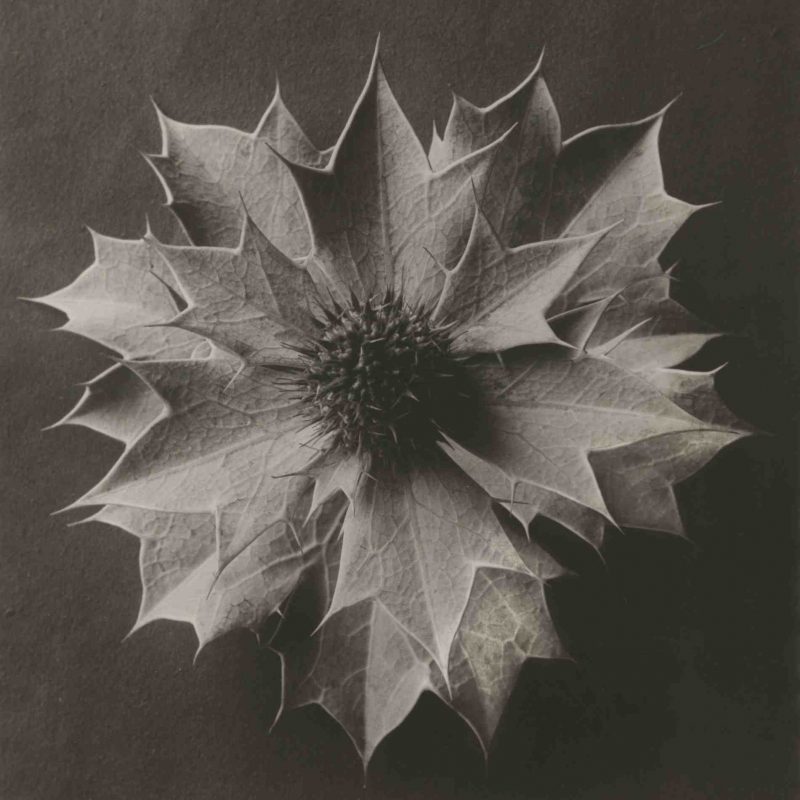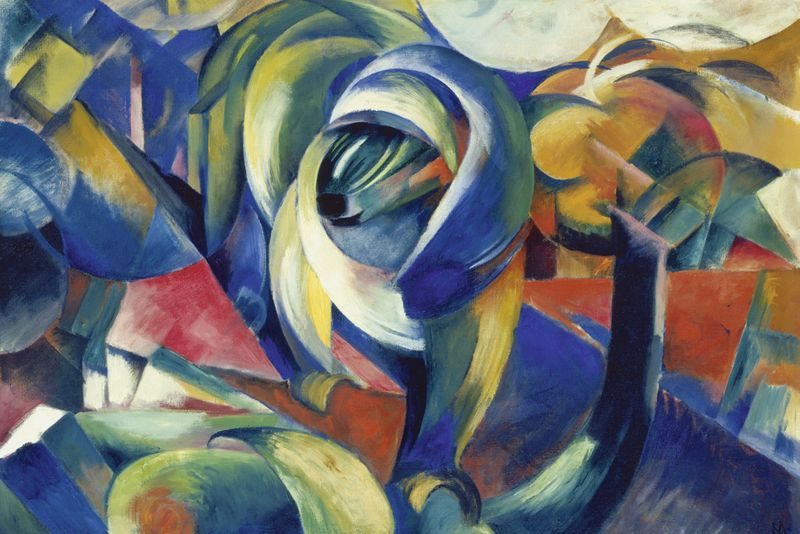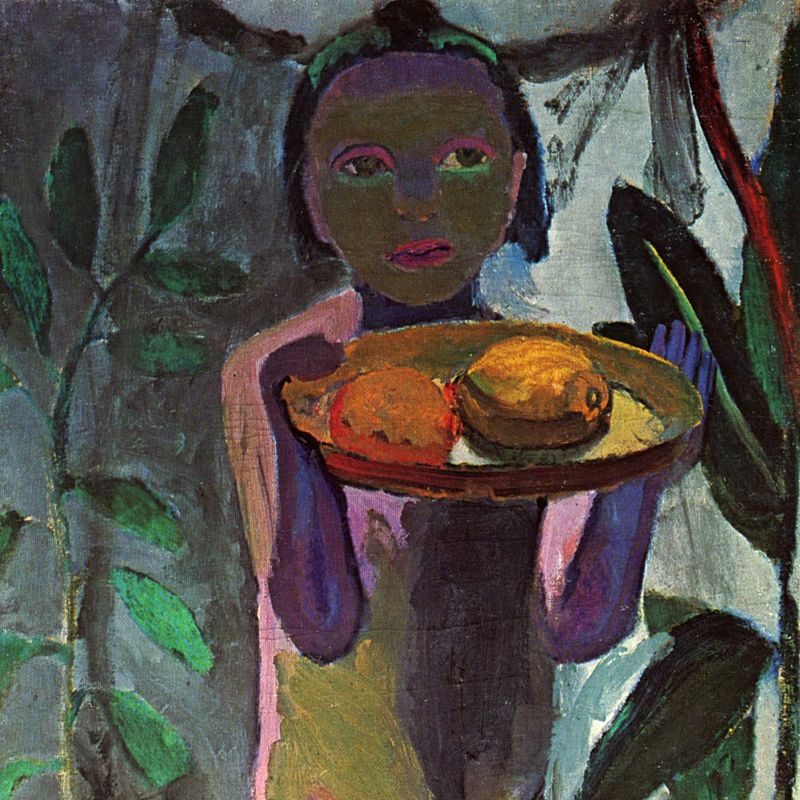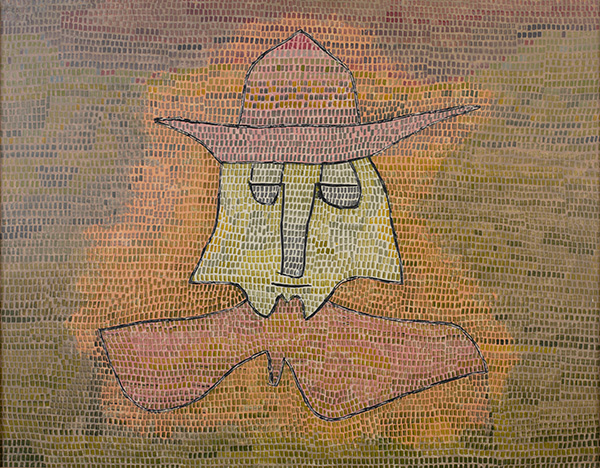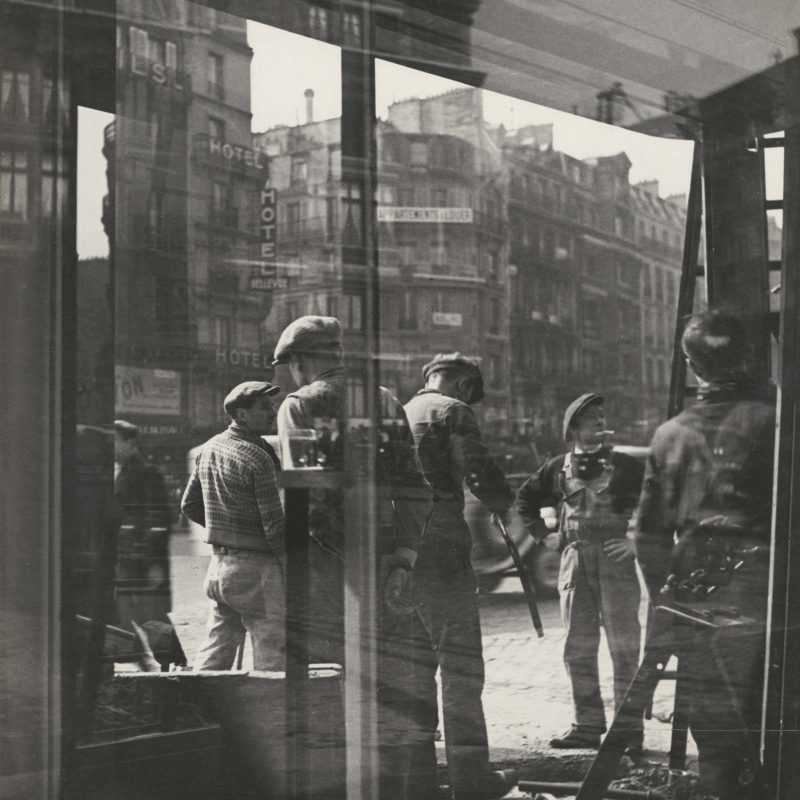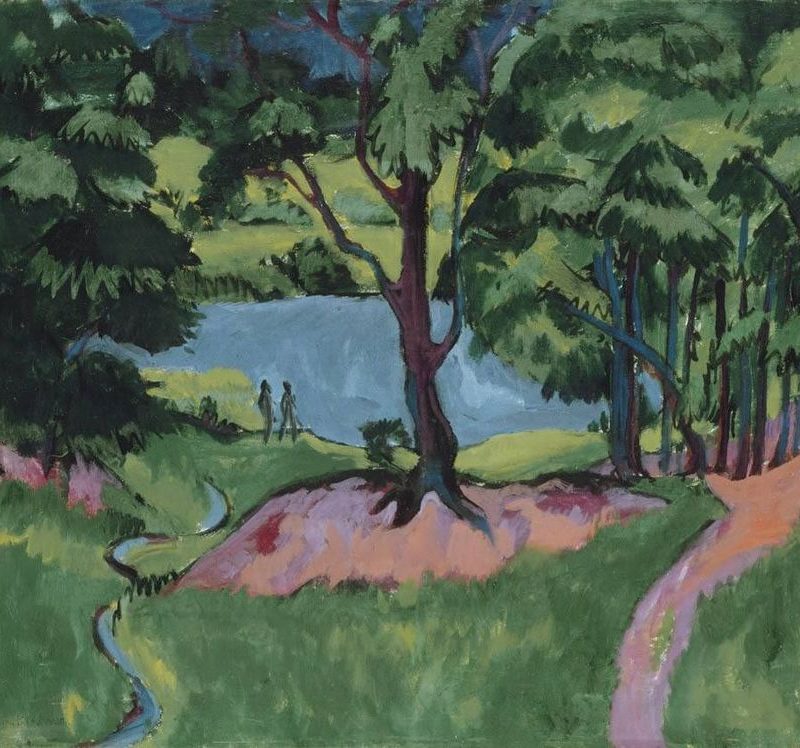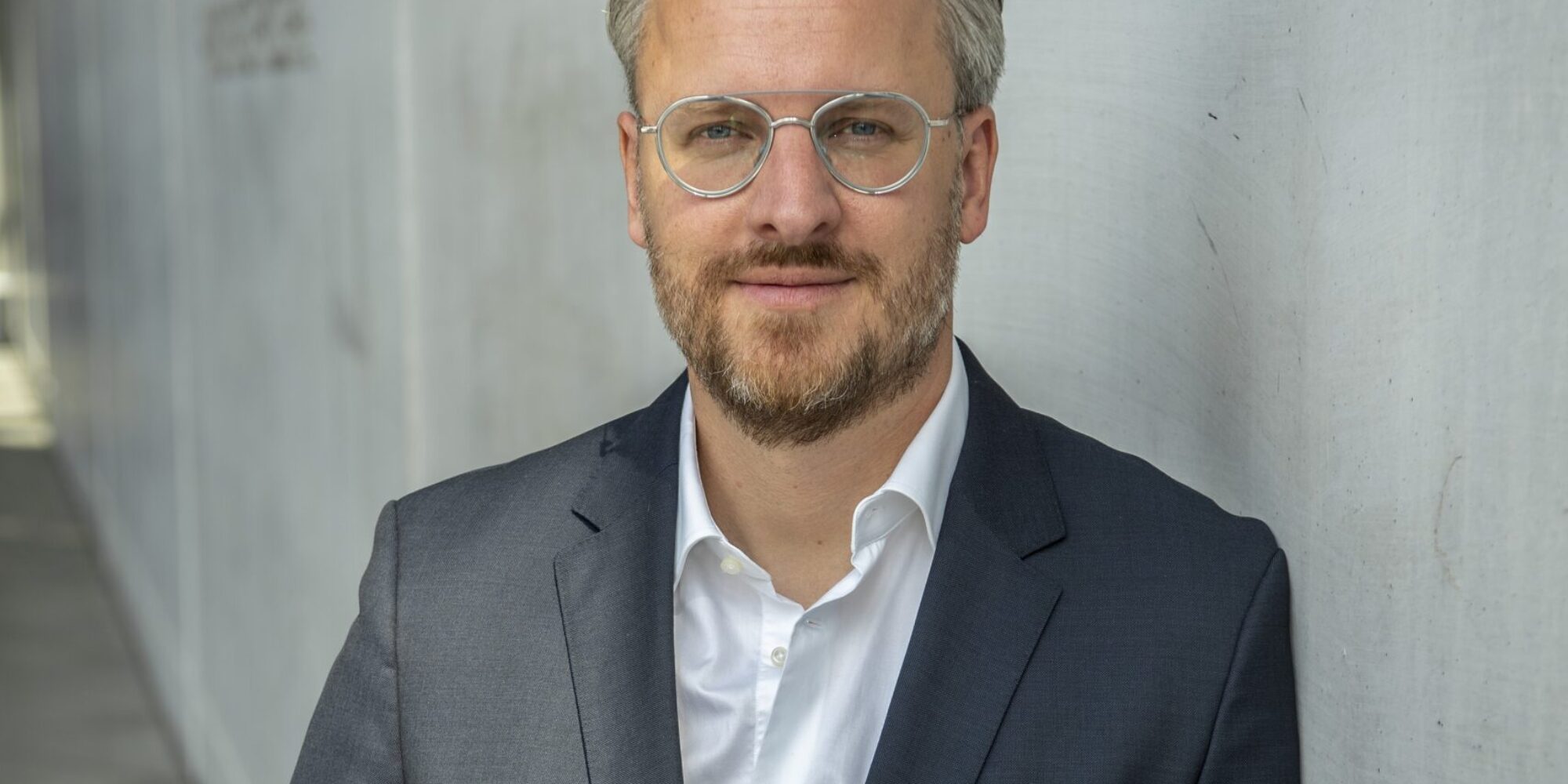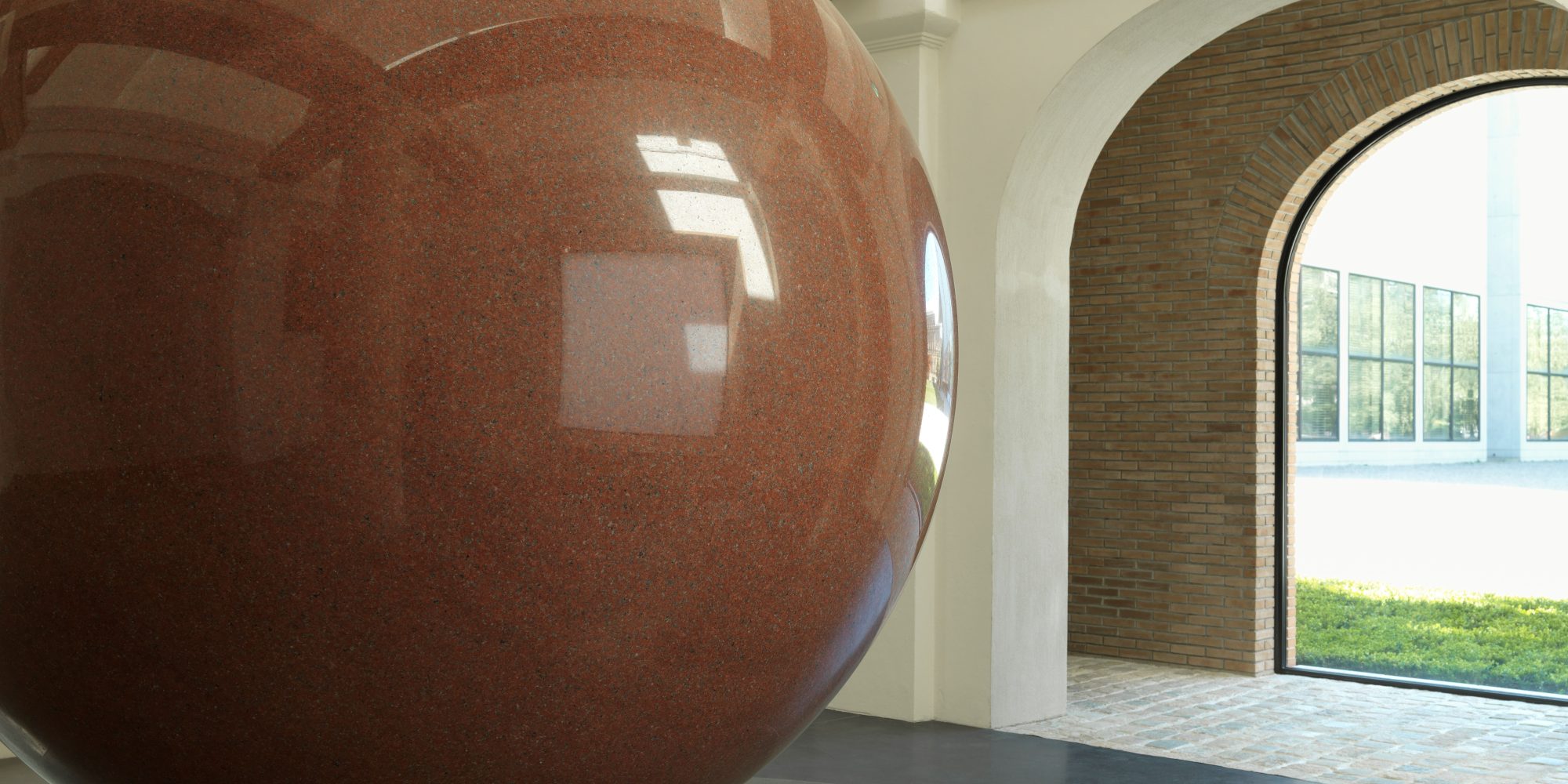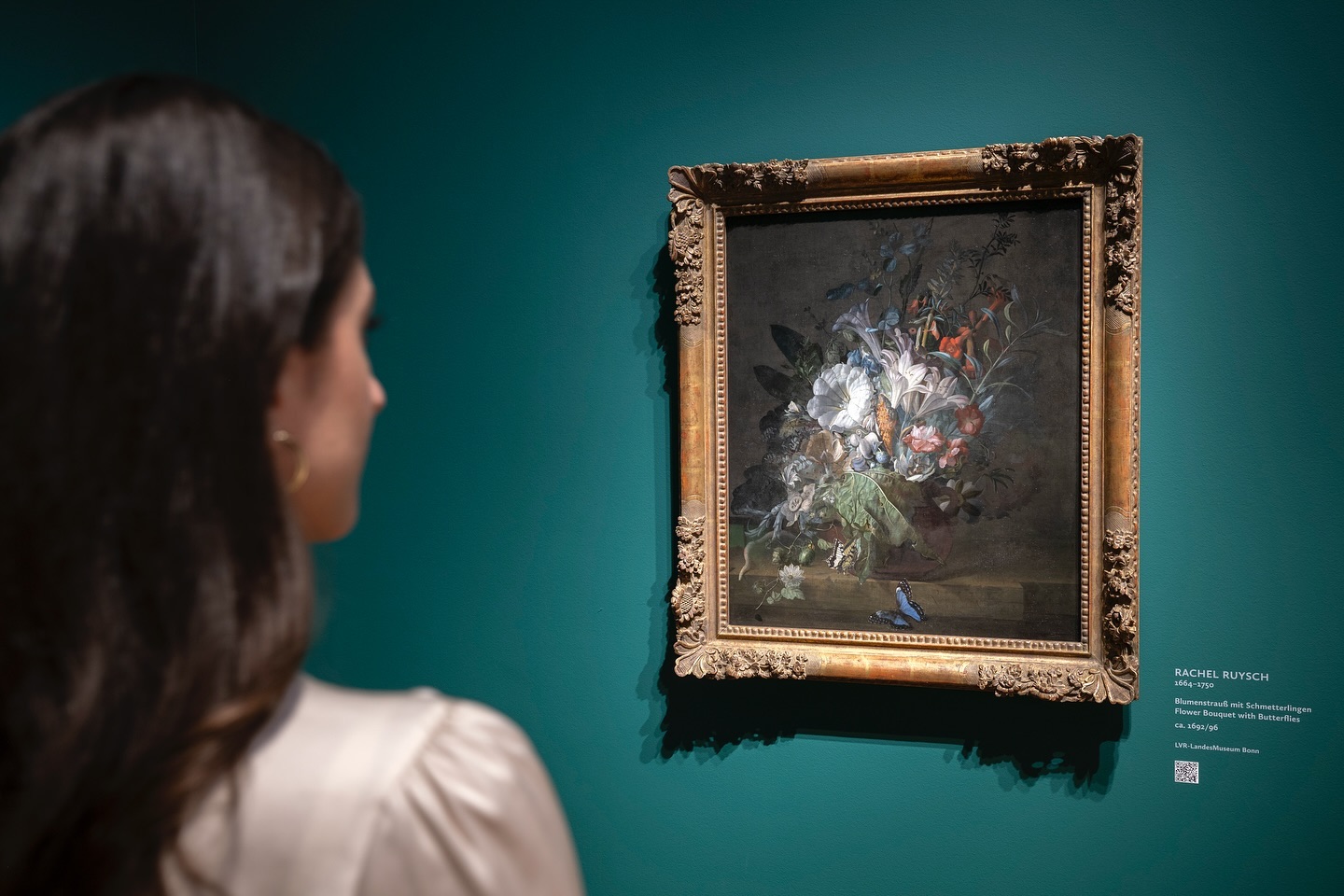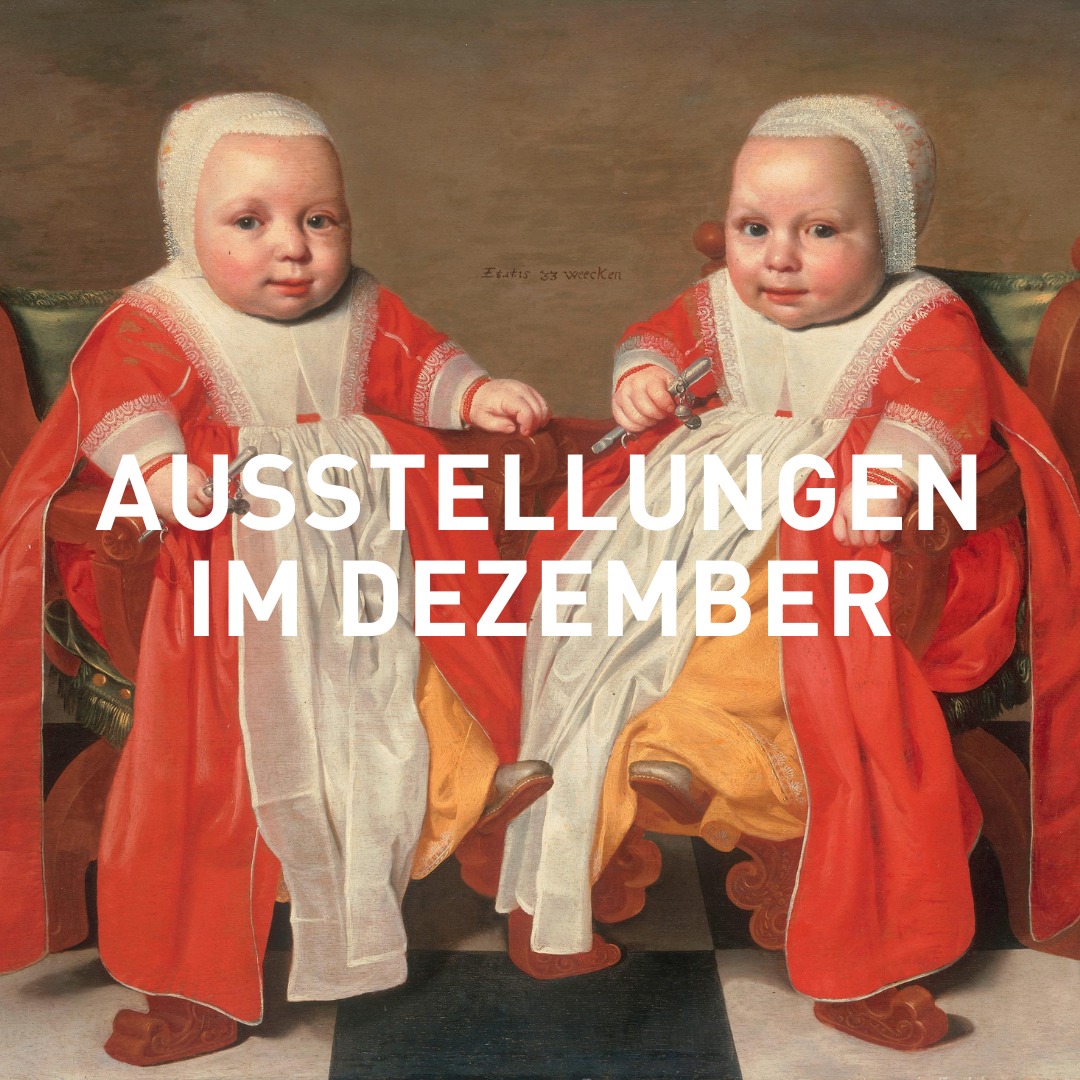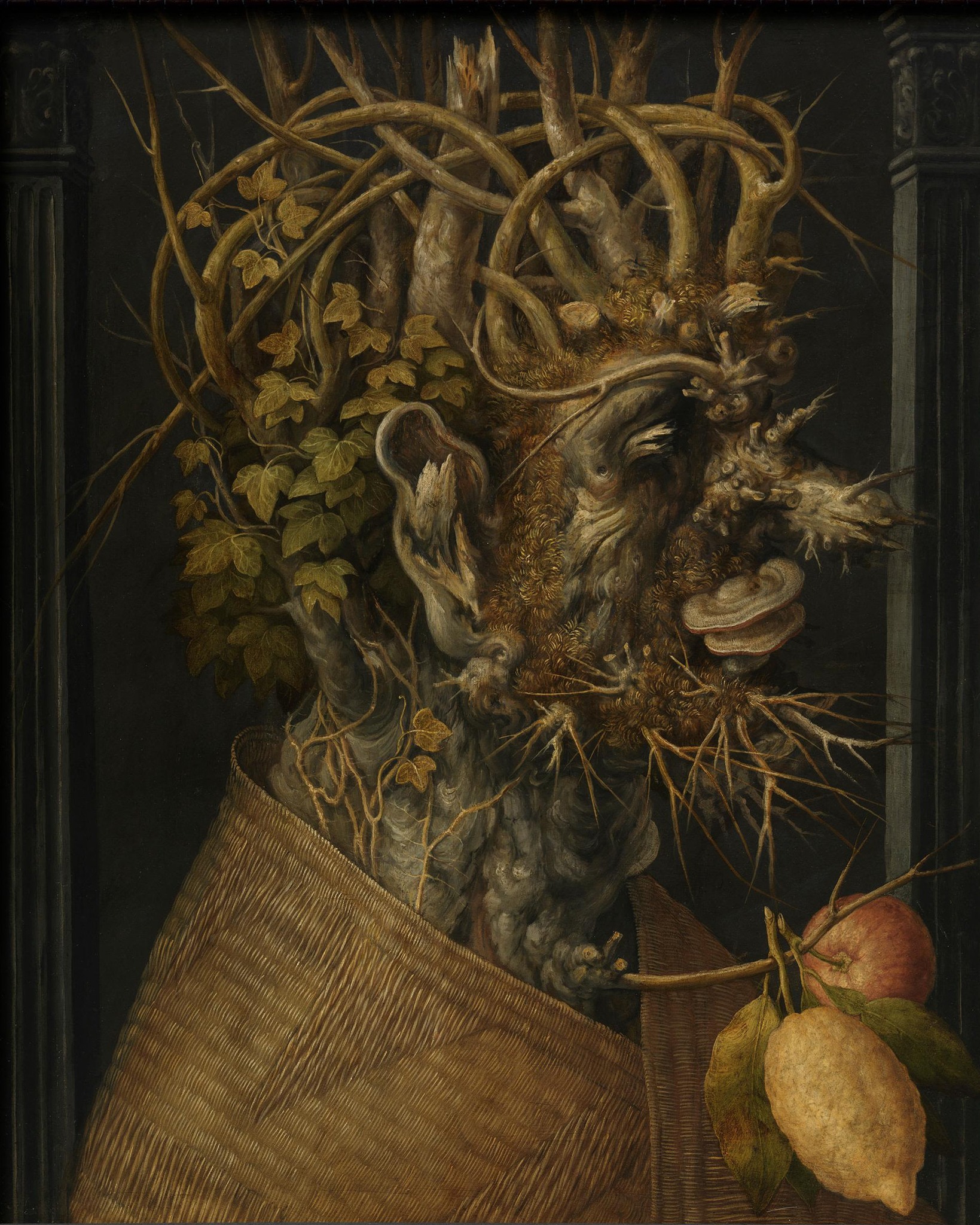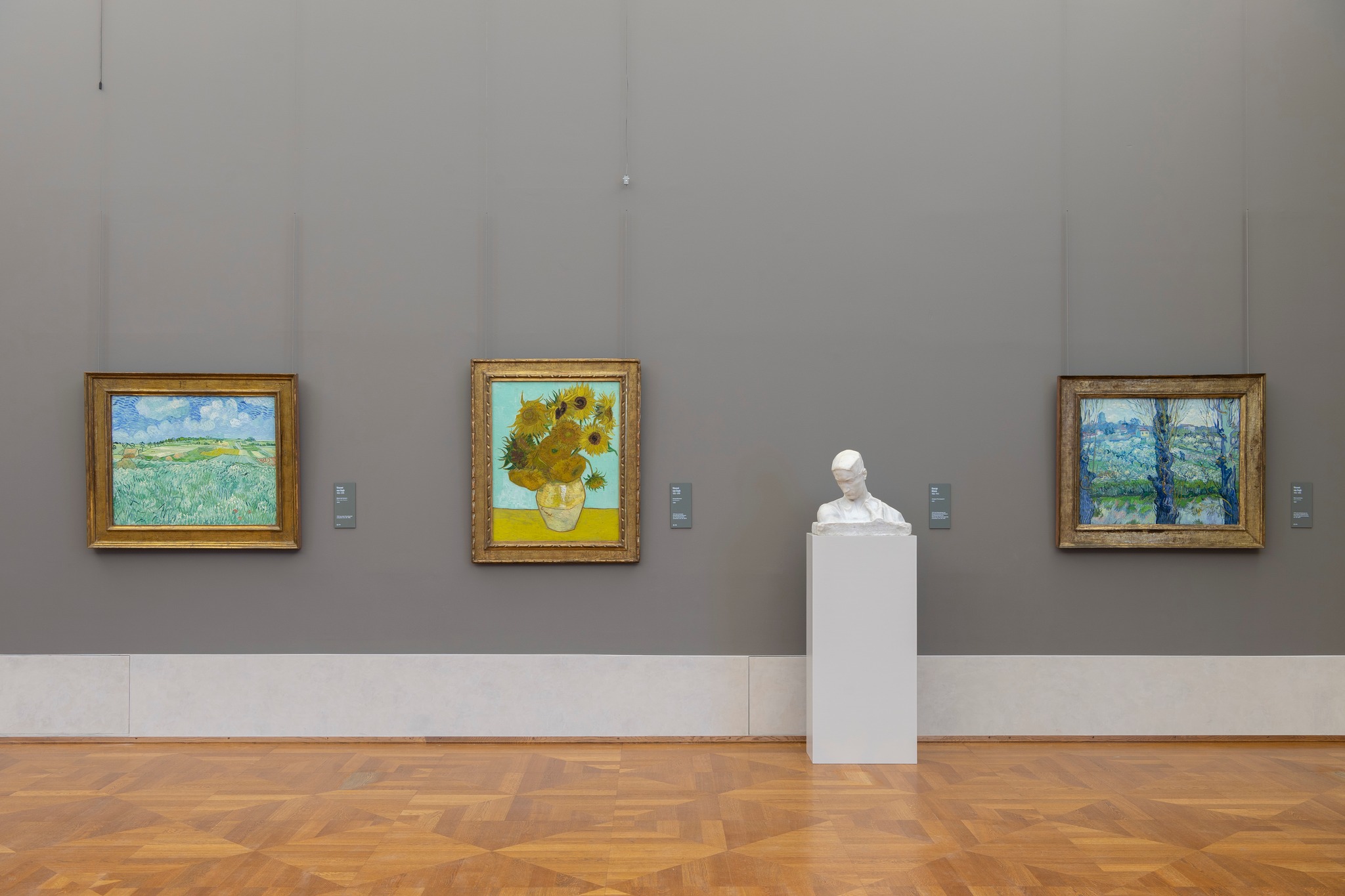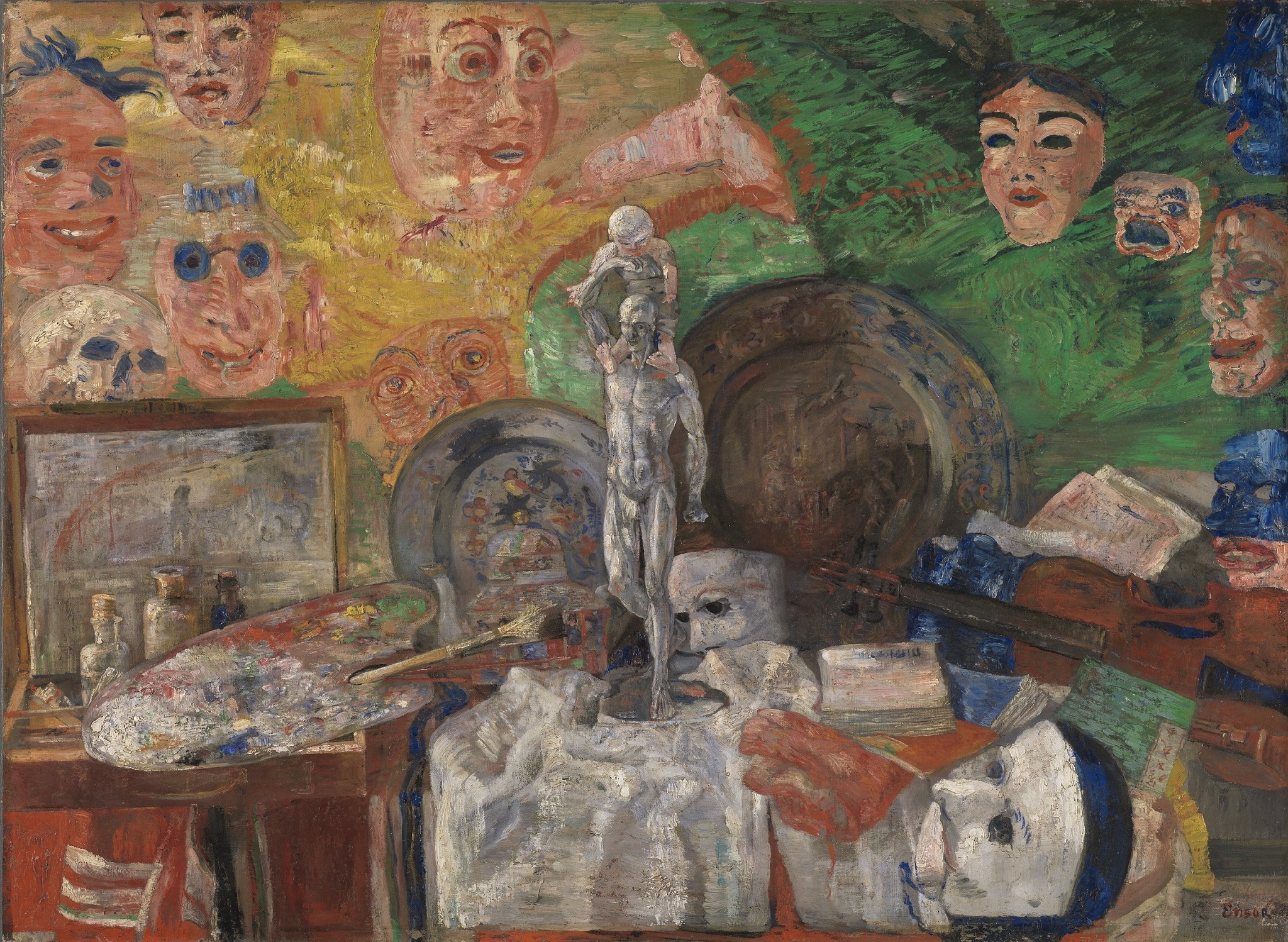Art
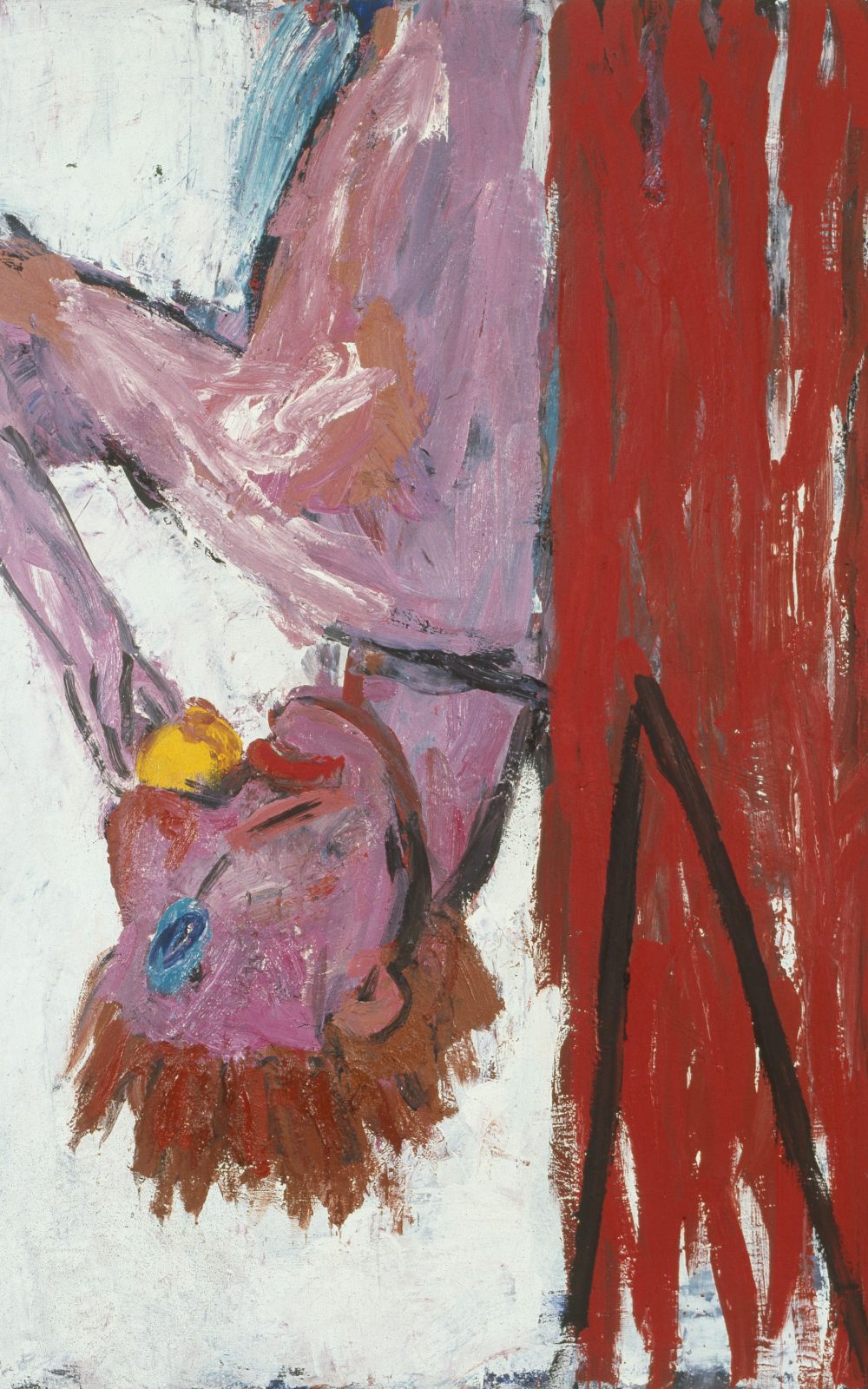
Modern Art Collection
The Modern Art Collection (Sammlung Moderne Kunst) of the Bavarian State Painting Collections in the Pinakothek der Moderne picks up precisely where the Neue Pinakothek ends, namely with the art that came after 1900 or thereabouts. With its stock totaling more than 20,000 works, it is one of the world’s leading institutions for painting, sculpture, photography and new media. Its collection ranges from the most important avant-garde movements of the early 20th century to current contemporary art. In dialogues offering comparisons and in rooms dedicated to individual artists, the displayed works raise formal and contextual issues about modern art. These artworks reflect how conditions have changed in an age shaped by technological optimism, the cult of progression on the one hand and by a heightened awareness of crises on the other. Particular attention is paid to making the historical circumstances of the 20th and 21st centuries visible in the presentation of the collection, and conveying the impact of war and dictatorship, for example, on art.
Within the rich collection of Expressionist works, the Cubist and Futurist redefinition of autonomous art contrasts with the question of man’s changed circumstances in Modernism. The artists of the ‘Brücke’, the ‘Blaue Reiter’ and Max Beckmann, who is represented in unique depth, address this issue impressively, as is also the case with modern photography, represented with August Sander, Albert Renger-Patzsch and Florence Henri. Pablo Picasso’s pictorial fantasies and formal richness of invention are illuminated in large groups of works along with the Surrealist enigmas of the worlds portrayed by Max Ernst, René Magritte and Salvador Dalí.
Art terms
Important themes since 1960, such as the formal and contextual extension of the term ‘art’, the ‘upgrading’ of the trivial, and the ensuing related debate on whether low-brow and high-brow are equal in status are at the center of extensive groups of works by Joseph Beuys, Andy Warhol, Dan Flavin, Donald Judd, Georg Baselitz, Jeff Wall, Rosemarie Trockel, and Anselm Kiefer.
The latest developments are expressed specifically in spatial installations, performance and media art (Pipilotti Rist, Wolfgang Tillmans). Here the presentation is changed more frequently, as in the nearby Brandhorst Museum, which likewise belongs to the Bavarian State Painting Collections.
Türkentor
Walter De Maria "Large Red Sphere"
The Türkentor - the only remaining fragment of the former Prince Arnulf barracks - marks a central position between the Pinakothek der Moderne and the Museum Brandhorst. This particular location in the Kunstareal Munich is, since fall 2010, home to the sculpture “Large Red Sphere” by the American artist Walter De Maria (b. 1935), one of the pioneers of Land Art, Minimal Art and Concept Art. The work is permanently on display for the public. The Munich work “Large Red Sphere” currently represents the artist’s most recent artistic dialogue with the spherical form in a specific architectural setting. In close cooperation between the artist and Sauerbruch Hutton, the architects of the Museum Brandhorst, the Türkentor was renovated and redesigned for the presentation of the sculpture.
Walter De Marias “Large Red Sphere” evokes an archetype. The sphere is a universal representation of the world, the celestial body and the cosmic, a symbol of eternal and cyclical renewal.
Alone the granite sphere’s physical characteristics, reflected in its material, size (260 cm in diameter) and weight (25 t), suggest a powerful physical presence. A greater discrepancy between the
perfect and high-gloss spherical shape and the spatial enclosure with its diverse elements, forms and materials, is hardly imaginable.
To this effect, the sculpture, within the cubic space in which numerous traces of its past are preserved, suggests an aesthetic setting that embodies both a contemplative experience as well as an historic encounter.
Opening Hours
April until October: 11 A.M. - 5 P.M.
November until March: 12 NOON - 3 P.M.
Closed on Mondays
Planning your visit
Today closed
Daily 10.00 – 18.00
Thursday 10.00 – 20.00
Monday closed
Barer Straße 40
80333 München
